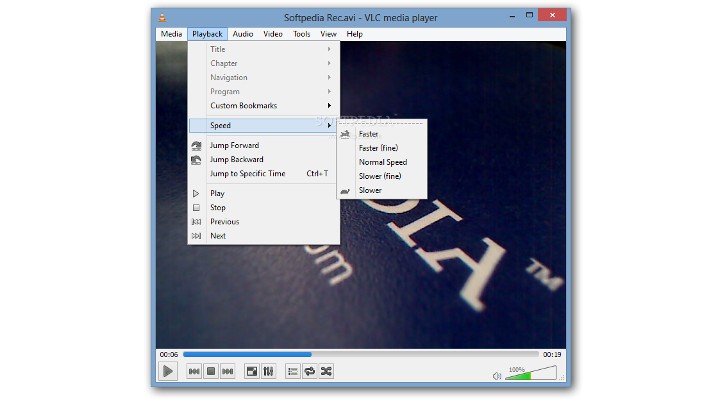

#Vlc for mac 2.1.5 download#
It supports an enormous number of multimedia formats, and does not require you to download additional codecs. It can also be used as a server to stream in unicast or multicast in IPv4 or IPv6 on a high-bandwidth network. ) as well as DVDs, VCDs, and various streaming protocols.
#Vlc for mac 2.1.5 portable#
See the FAQ on macOS only issues or the Common Problems pages.VLC Media Player is a highly portable multimedia player for various audio and video formats (MPEG-1, MPEG-2, MPEG-4, DivX, mp3, ogg. This does not work anymore (see Forum thread #58378)Īs given by Command-line interface#macOS, specify the option -I followed by the interface you want to add e.g. In previous versions you can replace the VLC at the end of the path with clivlc to suppress the launch of any Mac-like interface (VLC wouldn't even appear in the Dock then) or if transcoding from the command-line crashed with a Bus error.

Hopefully, I'll add to this post when the transcoding finishes and I see my results (I have no idea if I've got the correct options for vp8/vorbis webm-container transcoding). $ /Applications/VLC.app/Contents/MacOS/VLC -I rc -vout-filter=transform -transform-type=vflip /Movie.mov -sout='#transcode" This option can also be activated from the "VLC" menu.įollowing command does this: Transform video-filter (flip vertically), transcode (save) to file. It can be helpful to add this command to your shell setup file. $ alias vlc='/Applications/VLC.app/Contents/MacOS/VLC' On most Bourne-like shells, you can set an alias to just vlc with the following command: $ /Applications/VLC.app/Contents/MacOS/VLC You can run VLC on macOS using a terminal application (for example Terminal.app in /Applications/Utilities) with the following command:
#Vlc for mac 2.1.5 windows#
Window allows you to display seven helper windows that will display information about VLC's activity, and control more detail of that activity.Subtitles allows you to add subtitle files to your video, as well as change the appearance of subtitle text for your video.Video allows you to control the video display on your screen, as well as which device to display on, and which video source to show in that display.Audio allows you to control the audio level, as well as the output device and the audio track to use from the input.Playback allows you do do all the things you might expect from a video player some of these features are duplicated graphically in the 'Controller' window.View which allows you to hide or show various options like previous/next buttons, shuffle and repeat, audio effects, sidebar, as well as customize what you see in 'playlist table columns'.It also has a wizard to allow the streaming of video, or the capturing of a streamed video to a file. File which allows you to open a media file, or an associated file (such as subtitles).VLC which allows you to check for an updated application, to access the preferences, and to add an interface.The ten menu bar options are listed below along with the main interesting capabilities under each menu item: This section outlines what VLC can do for you (at V0.8.6a current active is V3.0.12) and will be completed as I check the use of menu options. The standard interface consists of the eight menus in the menu bar and the 'VLC - Controller' window that opens up by default. Many people who want to use VLC media player on macOS will be intending to use the standard graphical interface that is provided by VLC.


 0 kommentar(er)
0 kommentar(er)
